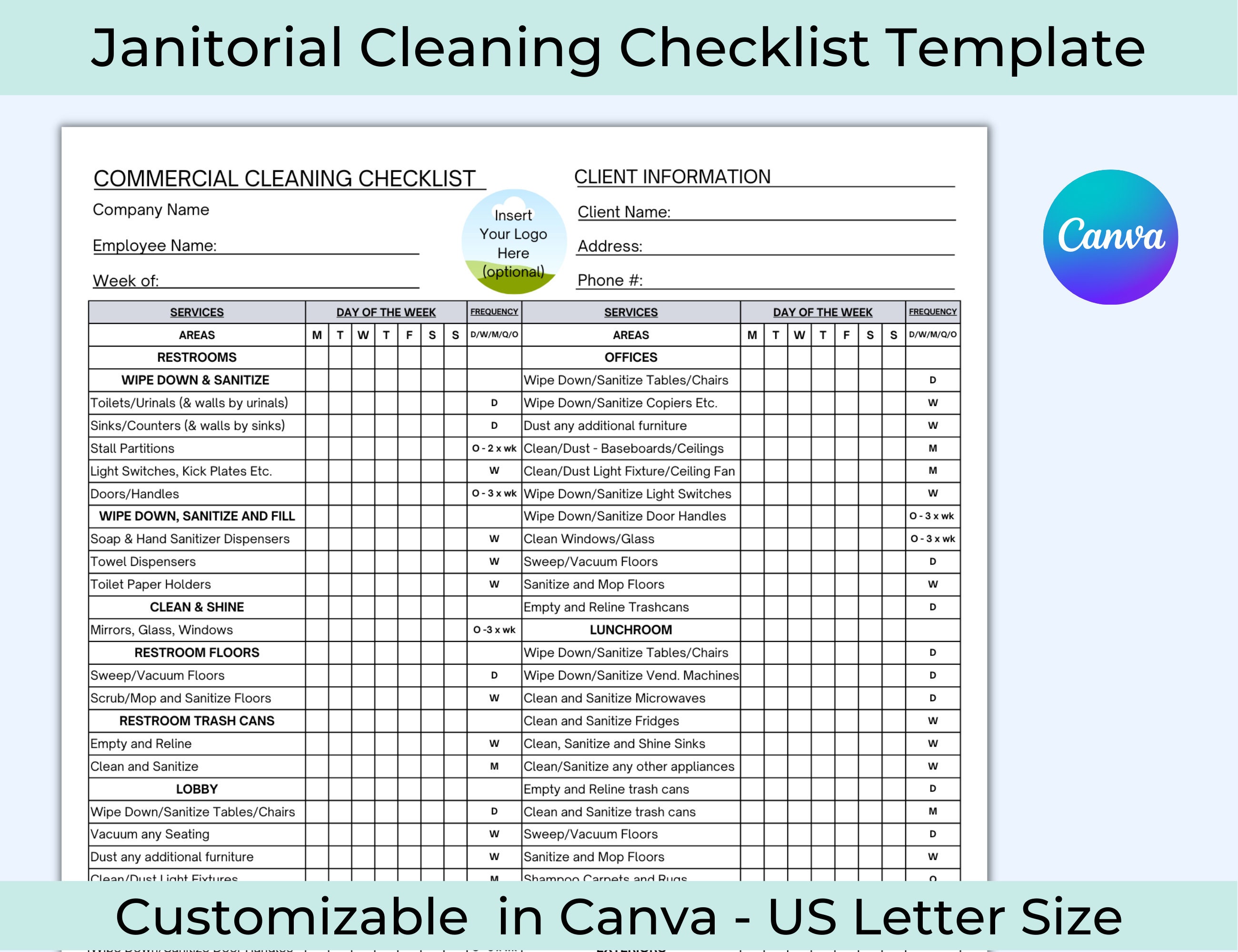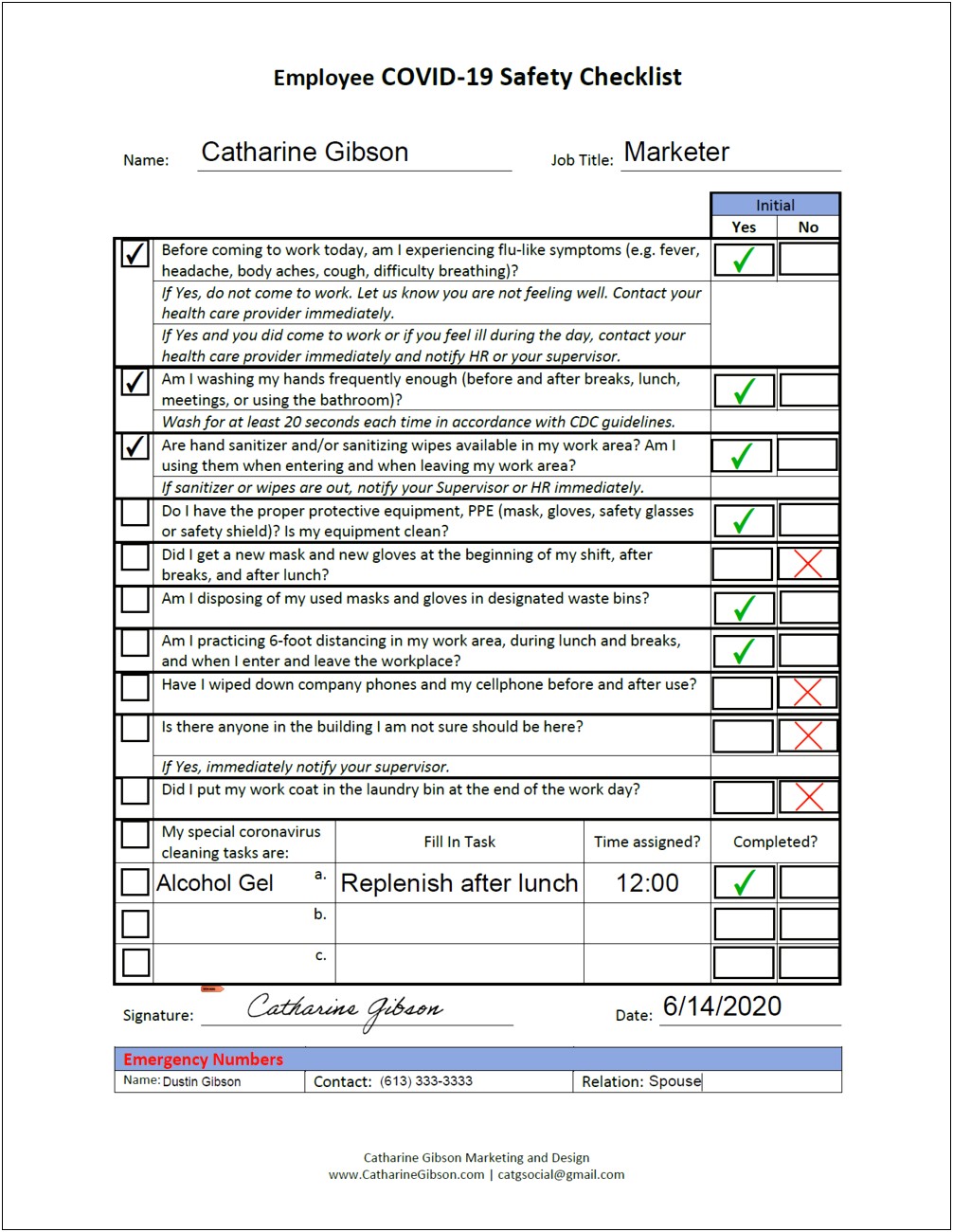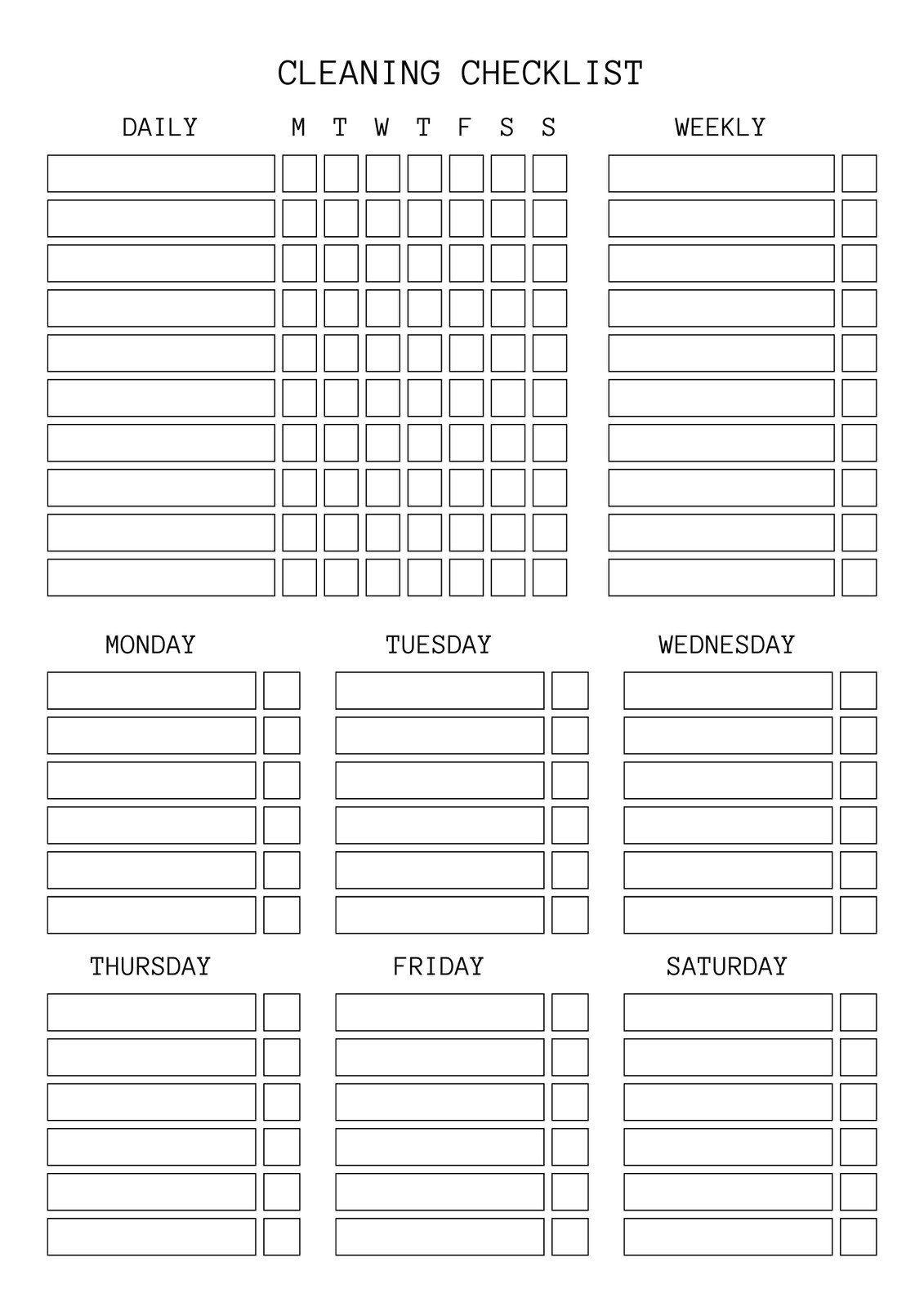The well-being of patients in medical facilities is paramount, and maintaining pristine hygiene standards is crucial for preventing the spread of infections. In this regard, a comprehensive medical office cleaning checklist plays a pivotal role in ensuring the safety and well-being of individuals seeking medical care.
In medical settings, adhering to stringent cleaning protocols is essential to eliminate potential hazards and minimize the risk of cross-contamination. A thorough approach to disinfection, including frequent cleaning and proper disposal of medical waste, helps prevent the spread of bacteria and viruses. Maintaining a clean and hygienic environment also enhances patient comfort, confidence, and satisfaction.

Office Cleaning Checklist Templates Free Template Res – vrogue.co – Source www.vrogue.co
An effective medical office cleaning checklist outlines specific tasks to be performed daily, weekly, and monthly to maintain a spotless and disinfected environment. It assigns responsibilities to designated personnel, ensuring proper execution and accountability for cleanliness standards. Regular monitoring and adherence to the checklist provide assurance that all areas of the medical office, including patient examination rooms, waiting areas, and staff workstations, meet the required hygiene standards.
Overall, implementing a comprehensive medical office cleaning checklist is paramount for safeguarding patient health and promoting a hygienic environment within medical facilities. By adhering to these guidelines, healthcare providers can proactively prevent infections, ensure patient well-being, and maintain the integrity of their medical practices.
Ultimate Medical Office Cleaning Checklist: Ensuring Patient Safety and Hygiene
A comprehensive medical office cleaning checklist is an essential tool for maintaining a clean, safe, and healthy environment for patients and staff. It ensures that all areas of the office are cleaned and disinfected regularly to prevent the spread of infection.
I once worked in a medical office that did not have a cleaning checklist. The result was a messy and unsanitary environment that made both patients and staff uncomfortable. After I implemented a cleaning checklist, the office became much cleaner and more organized. Patients were more likely to return for follow-up appointments, and staff members were more likely to take pride in their work.
A medical office cleaning checklist should include the following tasks:
- Daily cleaning: Clean all surfaces in patient examination rooms, including countertops, chairs, and medical equipment. Mop floors and empty trash cans.
- Weekly cleaning: Clean all surfaces in waiting areas, including chairs, tables, and magazines. Vacuum carpets and mop floors.
- Monthly cleaning: Clean all surfaces in staff work areas, including desks, chairs, and computers. Vacuum carpets and mop floors.

Office Cleaning Checklist Printable – Source mungfali.com
The Importance of Medical Office Cleaning
Maintaining a clean and disinfected medical office is essential for preventing the spread of infection. Patients with weakened immune systems are particularly vulnerable to infection, so it is important to take all necessary precautions to protect them.
In addition to preventing the spread of infection, a clean medical office also creates a more positive and welcoming environment for patients. Patients are more likely to feel comfortable and relaxed in a clean and well-maintained office, which can lead to better health outcomes.
The History of Medical Office Cleaning
The history of medical office cleaning can be traced back to the early days of medicine. In the 1800s, hospitals and other medical facilities were often unsanitary and overcrowded, which led to the spread of disease. In the late 1800s, a number of reforms were introduced to improve the cleanliness of medical facilities, including the use of disinfectants and the development of cleaning protocols.
In the early 1900s, the importance of medical office cleaning was further recognized. A number of studies showed that clean medical offices were less likely to spread infection, and that patients were more likely to recover from their illnesses in clean environments.

Explore Our Example of Commercial Cleaning Checklist Template for Free – Source www.pinterest.com
The Hidden Secrets of Medical Office Cleaning
There are a number of hidden secrets to medical office cleaning. One secret is to use the right cleaning products. Not all cleaning products are created equal, and some are more effective than others at killing bacteria and viruses. It is important to choose cleaning products that are specifically designed for use in medical facilities.
Another secret to medical office cleaning is to clean in the right order. It is important to start by cleaning the most heavily soiled areas, such as patient examination rooms. Once these areas have been cleaned, you can move on to less heavily soiled areas, such as waiting areas and staff work areas.
Recommendations for Medical Office Cleaning
There are a number of things that you can do to ensure that your medical office is clean and disinfected. Here are a few recommendations:
- Use a comprehensive cleaning checklist to ensure that all areas of your office are cleaned regularly.
- Use the right cleaning products, and clean in the right order.
- Train your staff on proper cleaning procedures.
- Monitor your cleaning program regularly to ensure that it is effective.

Free Office Cleaning Checklist Template Excel – Printable Templates – Source templates.udlvirtual.edu.pe
The Benefits of Medical Office Cleaning
There are many benefits to maintaining a clean and disinfected medical office. These benefits include:
- Reduced risk of infection
- Improved patient satisfaction
- Increased staff morale
- Enhanced reputation
Tips for Medical Office Cleaning
Here are a few tips for medical office cleaning:
- Use microfiber cloths to clean surfaces. Microfiber cloths are more effective at removing bacteria and viruses than traditional cloths.
- Change your cleaning cloths frequently. Dirty cloths can spread bacteria and viruses.
- Use a disinfectant cleaner. Disinfectant cleaners kill bacteria and viruses.
- Pay attention to high-touch surfaces. High-touch surfaces, such as doorknobs and light switches, are more likely to spread bacteria and viruses.
The Importance of Medical Office Cleaning
Medical office cleaning is an important part of infection control. A clean medical office helps to prevent the spread of bacteria and viruses, which can cause infections. Patients who are sick are more likely to spread infection to others, so it is important to clean the medical office regularly to prevent the spread of illness.

Office Cleaning Checklist Printable Editable – Source mungfali.com
Fun Facts About Medical Office Cleaning
Here are a few fun facts about medical office cleaning:
- The average medical office is cleaned about once a day.
- The most commonly cleaned surfaces in a medical office are doorknobs, light switches, and countertops.
- Medical office cleaning can help to reduce the risk of infection by up to 50%.
How to Clean a Medical Office
To clean a medical office, you will need the following supplies:
- Cleaning cloths
- Disinfectant cleaner
- Bucket
- Mop
- Vacuum cleaner
To clean the medical office, follow these steps:
- Start by cleaning the most heavily soiled areas, such as patient examination rooms.
- Use a disinfectant cleaner to clean all surfaces, including countertops, chairs, and medical equipment.
- Mop the floors and empty the trash cans.
- Once the patient examination rooms have been cleaned, you can move on to less heavily soiled areas, such as waiting areas and staff work areas.
- Use a vacuum cleaner to clean the carpets and mop the floors.
- Empty the trash cans.

Stories from the NHS – Ethel Care – Source www.ethelcare.co.uk
What if You Don’t Clean Your Medical Office?
If you do not clean your medical office, you are putting your patients at risk of infection. Patients with weakened immune systems are particularly vulnerable to infection, so it is important to take all necessary precautions to protect them.
In addition to the risk of infection, a dirty medical office can also create a negative impression on patients. Patients are more likely to feel uncomfortable and relaxed in a clean and well-maintained office, which can lead to better health outcomes.
Listicle of Medical Office Cleaning Tips
Here is a listicle of medical office cleaning tips:
- Use a comprehensive cleaning checklist to ensure that all areas of your office are cleaned regularly.
- Use the right cleaning products, and clean in the right order.
- Train your staff on proper cleaning procedures.
- Monitor your cleaning program regularly to ensure that it is effective.
Questions and Answers About Medical Office Cleaning
Here are some frequently asked questions about medical office cleaning:
- What is the most important thing to clean in a medical office?
The most important thing to clean in a medical office is the patient examination rooms. This is because patients are most likely to come into contact with bacteria and viruses in these rooms.
- How often should I clean my medical office?
You should clean your medical office at least once a day. If your office is particularly busy, you may need to clean it more often.
- What are the best cleaning products to use in a medical office?
The best cleaning products to use in a